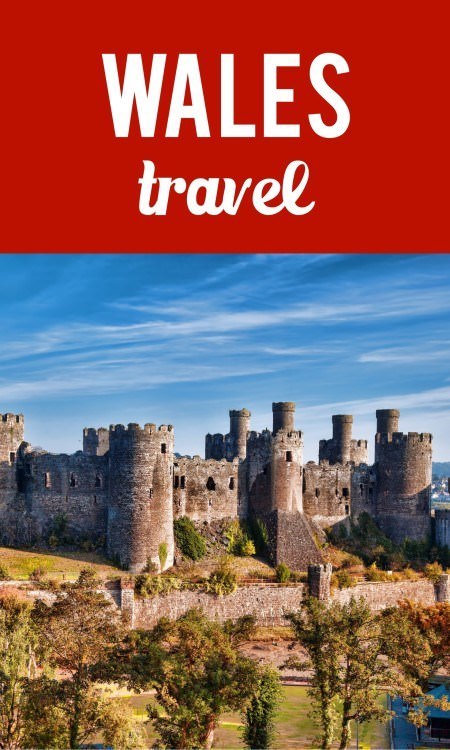
Though technically part of the United Kingdom, Wales retains a distinct Celtic heritage that includes the Welsh language and yes, welsh rarebit. Picturesque? Definitely. Provincial? Not in the least.
One of four countries that make up the United Kingdom, Wales is located on the western peninsula of the island of Great Britain. Wales shares an eastern border with England, and the Irish Sea lies between Wales and Ireland to the west. Wales itself is divided into three regions: North, Mid, and South, with the Cambrian Mountains traversing much of the country.
Wales first came under England’s jurisdiction in 1282. While there is still a rugged individualism to Wales and there’s a fair bit of good-natured joking about the English, Wales today is represented in both the United Kingdom and European Parliaments. Coal mining in southern Wales brought economic prosperity to the mostly agricultural economy, but the country’s unspoiled natural beauty and unique culture have made Wales a major tourist destination.
Nature lovers can explore the large parts of Wales which have been protected by the government in three National Parks and as Areas of Outstanding Natural Beauty, and this exploring doesn’t have to end at the coast. Scuba divers can brave the cold water and visit WWII shipwrecks or swim with dolphins and whales.
Cardiff
Cardiff is the capital of Wales, serving as both a link to the country’s rich past and a nod to its modern future. The population is small, under 350,000 people, and Cardiff has a plethora of green space in Bute Park. Once a gritty shipping port, it is now a major shopping destination, and houses both the ancient Cardiff Castle and the architecturally-pleasing Museum of Wales and Wales Millennium Centre. Rugby fans will find themselves at home at the Millennium Stadium which seats 74,000.
For exploring the city, Cardiff Bay is a good starting point with cosmopolitan restaurants and shops sporting harbour views. From there, the Cardiff Museum and Cardiff Castle showcase ancient Wales and illustrate the modernisation of the city. Pop over to the Central Market for Welsh handicrafts or a quick snack at one of the fish-and-chip shops. After nightfall, Cardiff has a plethora of pubs and bars to choose from.
Getting to and from Wales
There are no internal border controls within Great Britain. Unless you arrive in Wales via a flight from outside of the United Kingdom, don’t expect to have your passport checked or stamped.
Flights: There is only one major international airport, Cardiff International Airport, located nine miles south of the capital. While there are no direct flights from the United States to Wales, numerous flights arrive daily from the rest of the UK and Europe.
Trains: Train is the most popular and affordable way to arrive in Wales. From London, trains leave Paddington Station and arrive in Cardiff two hours later for a cost of about £32. Manchester and Liverpool send regular trains to northern Wales.
Ferry: Ferry service from Dublin, Ireland to Holyhead in northern Wales is available four times a day. The crossing takes less than two hours and costs about £37 one way, without a car.
Coach or car: Roads and highways in South Wales are well-maintained and provide access to the rest of the United Kingdom.
Check out our How to get around the UK podcast or browse the articles below.
This page by Megan Wood.
No posts
